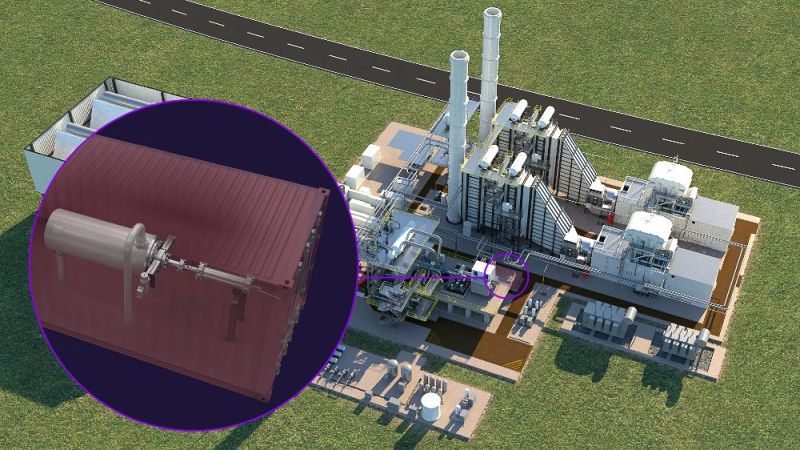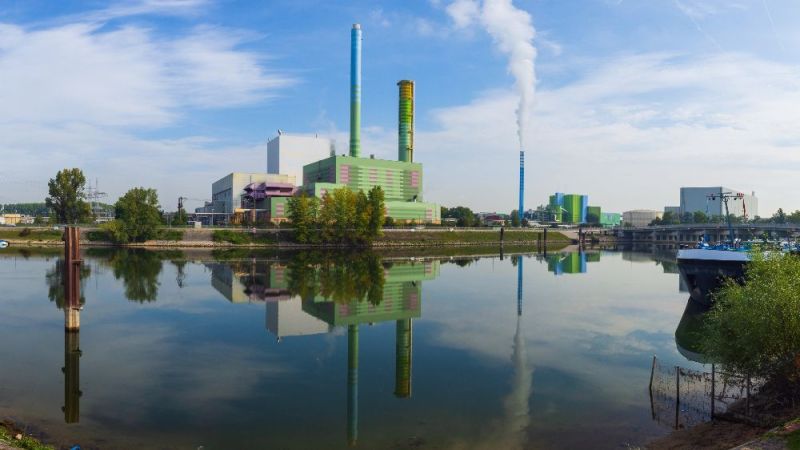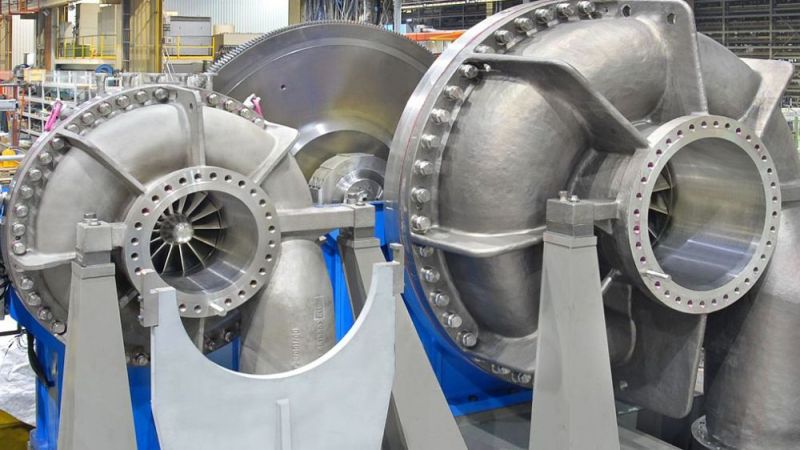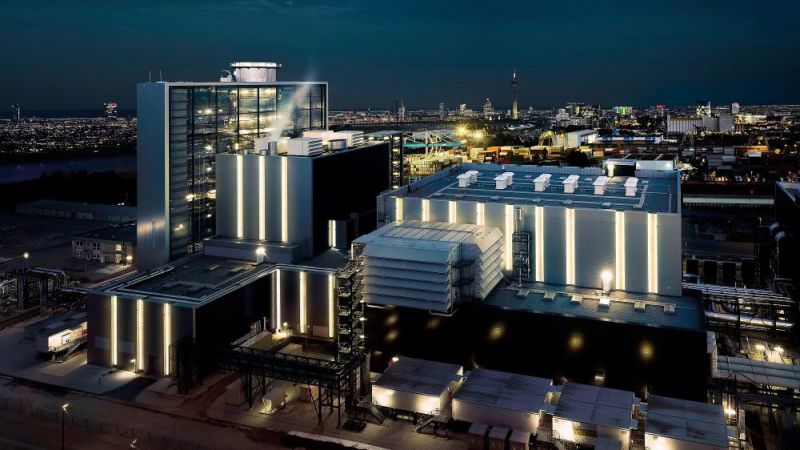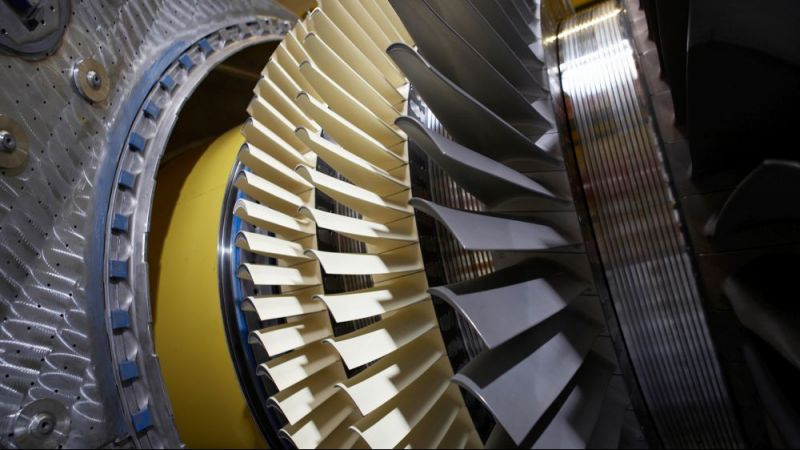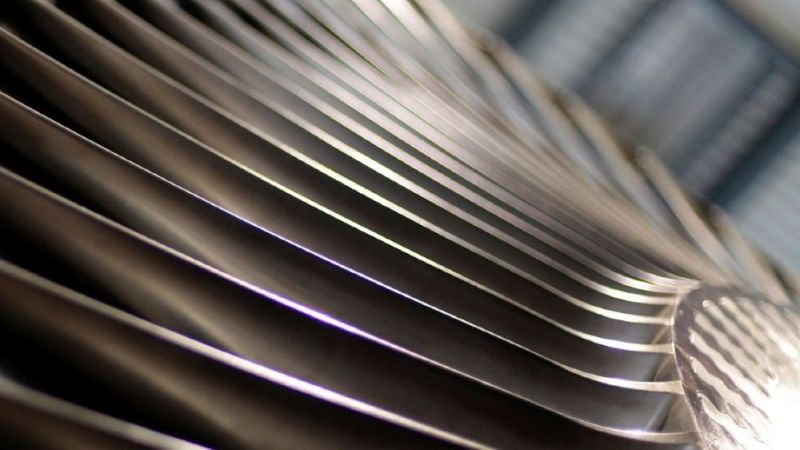Thermal power plants
Ceramic turbine components for higher efficiency
New powerful micro gas turbines with corrosion-resistant ceramic components enable turbine inlet temperatures of up to 1,400 degrees Celsius. This would also allow biogenic fuels and hydrogen to be used in mini-cogeneration plants with high efficiency.
Compared to large turbines, micro gas turbines have a relatively low efficiency. This is exactly where the BonoKeram project comes in. The focus of the scientists is to improve the efficiency of these plants. To achieve this, the researchers are replacing metal components of the turbine with those made of ceramic materials - for example, the rotating blade. Small gas turbines, so-called micro gas turbines, provide electrical energy up to approximately 200 kilowatts. Their compact design enables flexible and decentralised use in mini CHP plants, for example to supply energy to single and multi-family homes.
Reducing losses - increasing efficiency
In turbines, the so-called leakage loss plays a special role. Background: Part of the fuel gases flows through a gap between the rotating blade and the turbine case, so it does not drive the turbine. The gap is required to compensate for the expansion of the metallic components so that the rotating blade does not scrape against the turbine case. The width of the gap is almost identical for both small and large turbines. This means that the losses are lower for larger plants than for smaller ones. This is where the new material shows its advantages: Ceramics expand less with increasing temperature than metal. This allows the gap to be smaller and the turbine blades to be larger. As a result, less gas leaks through the gap and the efficiency increases.
The right material makes the difference
The new material has to withstand a lot: It must be able to cope with high temperatures of up to 1,400 degrees Celsius without suffering any damage and expand only slightly, as well as being corrosion-resistant and lightweight. These properties are fulfilled by silicon nitride, a low-cost ceramic material that the project team is researching. Initial model calculations have confirmed that rotors can be made from these high-performance ceramics. The usual metallic alloys already melt at 1200 to 1300 degrees Celsius and can only be used up to about 800 degrees Celsius.
However, it is not quite so easy to exchange the materials. At high temperatures, metallic alloys have a higher bending and tensile strength compared to rather brittle ceramics. During operation, the turbine wheel turns at almost 90,000 revolutions per minute, which puts a lot of stress on the material. The researchers are therefore working on minimising the tensile stresses in the turbine.
To do this, they first analyse the loads acting on the turbine wheel during operation. How can parameters such as blade thickness, curves at the transition to the blade hub or the winding of the blades be optimised so that the rotor is stressed as little as possible - and yet the flow mechanics do not suffer? The researchers use various simulation methods and algorithms for this purpose.
Initial model calculations show that it is fundamentally possible to manufacture rotors from these high-performance ceramics. As soon as the ceramic turbine wheel is ready, the project teams want to use and test it in a commercial turbine. The tests will also investigate alternative fuels, such as biogas and hydrogen. (min)



